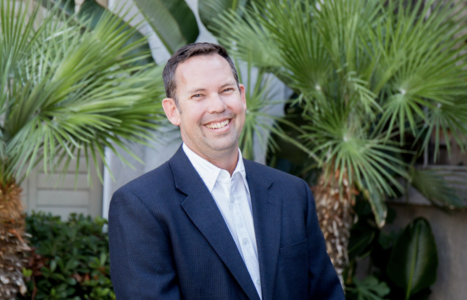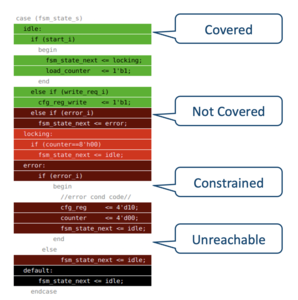Precision: A Case Study for Success
By Rob van Blommestein
Recently, I was watching a documentary on the NASA Perseverance mission to Mars. I’ve always been fascinated by space travel and the engineering efforts to make it happen. We’ve all heard that the landing for this trip to Mars was the most precise in history, but what the documentary brought to light is the precision involved in each and every aspect of the Perseverance Rover design and development.



This autonomous machine is extremely complex – equipped with a set of science instruments that include 23 cameras, microphones, ultraviolet spectrometer, x-ray spectrometer, weather station, subsurface radar, and a radioisotope thermoelectric generator. Let’s not forget that Perseverance will also be housing a helicopter for aerial exploration.
The rover drives itself while mapping out the Mars terrain. The goal of the mission is look for signs of life on the planet. In order to do that, the rover also needs to be equipped with the capability to drill for samples and house them free from contaminants. All of these components must work together but also independently to ensure the success of the mission. As you can tell, the precision involved in pulling together each piece as well as the integration into the larger system is astounding.
This made me think about the precision needed for chip design and for verification to be successful. One of our customers (a 5G networking company) recently demonstrated how the use of precise verification metrics led to verification signoff with zero bug escapes.
This company used OneSpin’s DV-Verify™ Quantify™ App to accurately measure its verification progress and coverage to eliminate the guesswork of verification signoff. The solution augmented the other verification methods being employed that produced inadequate results on their own.
To achieve their signoff goals, the company had to overcome a number of challenges including:
- Measuring the quality of the observation of the assertions
- Understanding both simulation and formal coverage more precisely
- Inadequate in-house tools and expertise
By applying OneSpin’s technology, the company was able to understand the progress of verification as well as its effectiveness. They saved weeks of verification time to understand coverage and coverage holes related to assertions and reachability along with understanding the impact and integration of simulation results. The methodology that was employed allowed them to share coverage responsibility between the design and verification teams leading to greater confidence in the signoff process.
The OneSpin Quantify App utilizes mutation analysis to achieve a precise measure of coverage. Once set up, the following methodology is applied.
- Automatic insertion of mutations into the formal model of the design to mimic design bugs
- Analysis to see if any assertions catch the bugs
- Reporting any parts of the design not covered by assertions
- Quick inspection of the results is done through the annotated source view
- The RTL is never altered because the mutation coverage is model based
- No RTL pragmas or user effort is needed
- Optimization for formal translates to better fun time
- Effort is fully automated
Without the use of the OneSpin Quantify App, the company’s design and verification teams would have had a difficult time understanding their verification coverage and achieving signoff with any sort of confidence. They would have encountered many challenges including:
- Imprecise metrics
- Limitations with observation coverage including cone of influence (COI), prove coverage, and general mutation coverage being too slow
- Simulation and formal results reported separately requiring heavy analysis and no common interface to interpret results
- Time-consuming integration
- Unfocused metrics leading to poor verification quality
- Time-consuming remedial verification leaving undetected bugs
- Verification constraints and condition still being a mystery
There are many more case studies to read about how companies are adopting OneSpin’s DV-Verify with Quantify to achieve signoff success. I invite you to take a look at our case studies page.
